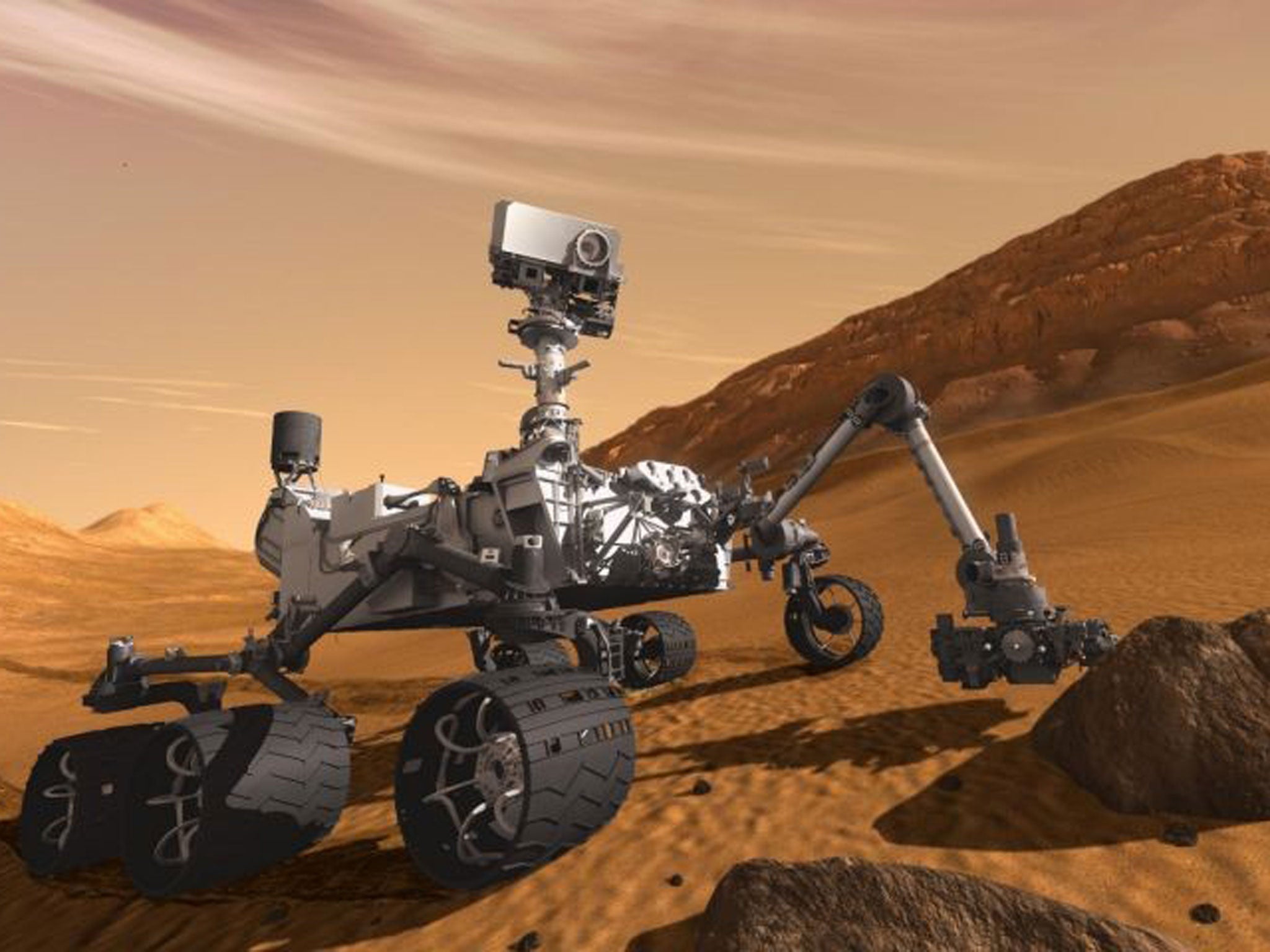Life on Mars: chemicals found on red planet indicate it once could have supported life
Nasa’s Mars Curiosity Rover has found yet another chemical that gives support to the chances of life on the planet

Nitrates have been found on the surface of Mars, which may be an indication that the planet once could have sustained life.
Nitrogen is key to sustaining life on Earth, and so the discovery of it on Mars makes it more possible that there was once life on the red planet. Like the discovery of methane in December, it doesn’t necessarily indicate that there is life, but shows the possibility of Mars being habitable.
The Mars Science Laboratory (MSL) which is onboard the rover, found compounds containing nitrogen in sediment that it scooped and drilled from the surface of the planet.
“Discovery of indigenous martian nitrogen in Mars surface materials has important implications for habitability and, specifically, for the potential evolution of a nitrogen cycle at some point in martian history,” the authors of a new paper describing the findings write. A nitrogen cycle is the process where nitrogen is converted between its different forms, and is a key measure towards supporting life on Earth.
The nitrate likely got to the planet after an asteroid impact, or lightning generated in a volcanic plume. That is more likely than life itself having created it, according to Nasa scientists.
Nitrates are central to the building blocks of life on Earth — the only known form in the universe. If nitrogen exists, it would have been possible to form basic components of life like RNA, DNA and amino acids.
The scientists will now search to see whether the process of creating nitrates is still happening on the planet.
“We’re going to try to understand whether this process is still happening today at all,” Jennifer Stern, a Nasa scientist, told the LA Times, “or whether this all happened in the past in a different Mars, in a different climate regime, in a different atmosphere.”
Subscribe to Independent Premium to bookmark this article
Want to bookmark your favourite articles and stories to read or reference later? Start your Independent Premium subscription today.

Join our commenting forum
Join thought-provoking conversations, follow other Independent readers and see their replies